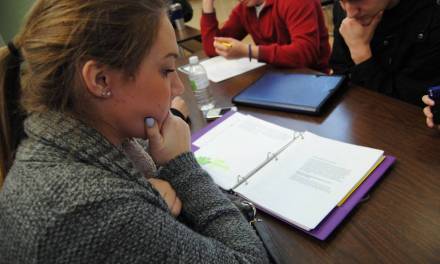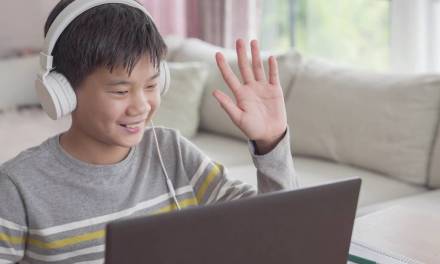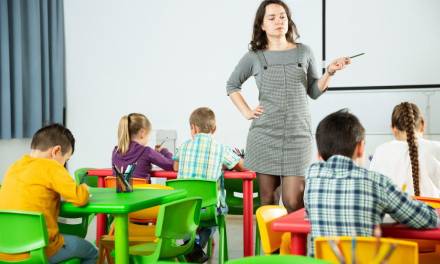From 15 June, secondary schools will be able to provide pupils with face-to-face support – moving away from remote learning, although it will continue to be used.
The Government has released guidelines for schools. Schools will have to adhere to measures including reduced class sizes and social distancing.
If your school has to work with decreased class sizes how do you provide education for the masses? And how does remote learning have a role to play in future? This blog post explains.
What does the Government guidelines mean for schools?
The guidelines for schools mean that children should not be taught in groups larger than 15 in primary schools.
In secondary schools, only a quarter of pupils should be in schools at any one time.
Social distancing should be in operation and parents may not be granted access to school property.
Sharing of resources, such as books, should be discouraged.
Read more about what to expect when schools reopen here.
Can remote learning be used to reach the masses?
Up to 1.6 billion students have been affected by school closures worldwide.
According to Dahwood Ahmed, Regional Manager at Extreme Networks:
The top priority for these institutions has been to ensure that their academic progress doesn’t stall while they prioritise their health and wellbeing. In addressing this situation, many educational organisations are finding new ways to facilitate distance learning and pursue positive outcomes for their students through the integration of an array of digital technologies.
Before the coronavirus pandemic, the UK was in a strong position in terms of remote learning. 58% of Brits aged 16-24 had been using online learning materials. 29% enrolled in online courses in 2019.
The current school generation has been referred to as ‘the digital generation’. They have had extensive exposure to computers, smartphones and tablets. They do not need an extensive adjustment period to get used to technology.
Will remote learning continue to be used in the short term?
Until schools can resume full capacity, remote learning will continue.
The Government has pledged to provide laptops and internet access to disadvantaged students before the end of June.
Yesterday, Education Secretary Gavin Williamson, said that during this period schools will have a ‘basic expectation’ of education to provide. With guidance issued for this in due course.
Will remote learning be used by schools next year?
With students used to technology and schools unsure of when normality will return, online learning will continue to be a popular alternative.
Using remote learning means you can instantly track pupil performance, and provide accurate, tailored feedback to students.
An online platform, such as EDLounge, is ideal for students who may not be suitable for mainstream classrooms: such as inclusion/exclusion, long term illness, school-phobia and mental illness.
EDLounge’s number one priority is safeguarding. Features include alert mechanisms, eyes-on learning, instant chat functionality and enhanced DBS checked staff.
For more information, call 01909 568 338.










